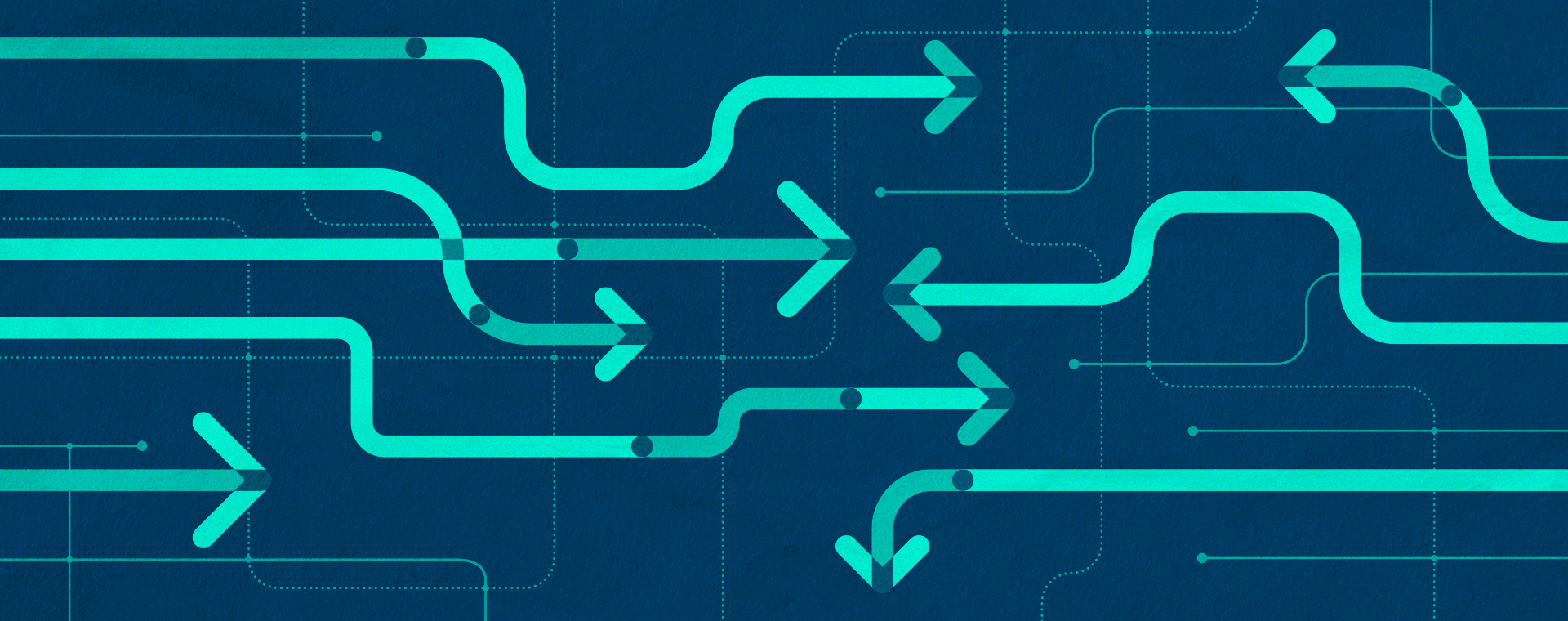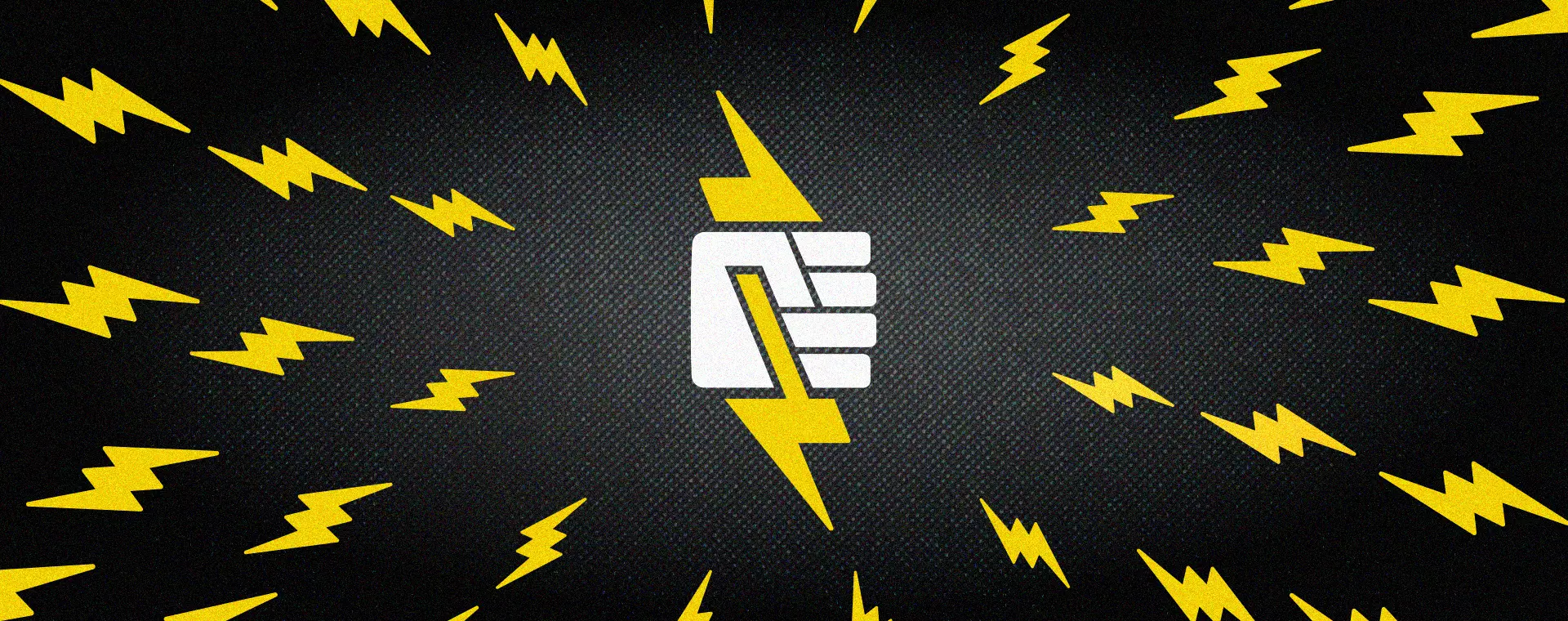Avoid these 9 website redesign mistakes
By: Kaleigh Bulford
March 26, 2020 | Reading Time: 4 mins
So, you’ve made the big decision to change your website. Whether you’re going for a web refresh or you’re starting from scratch, you and your team are embarking on a journey. To help prepare you for the twists, turns, and rough terrain ahead, we’ve come up with a list of common mistakes and ways to avoid them.
Keep this list in mind to best your chances of launching your new site on time and within budget.
Not doing enough (or any) planning
While it’s tempting to dive right in, there’s a lot to consider before getting started if you want this thing to be successful.
What are the objectives of your new website? What does success look like? Who is your audience and what are they looking for? These are all questions you should be able to answer before fingers hit the keyboard.
Technical requirements are another major consideration. Are you looking to add any new functionality? Will you need any new integrations? These factors can have a huge impact on timelines and costs, so it’s important to get them figured out before getting started.
Setting unrealistic timelines
We understand wanting to see the finished product as quickly as possible. As part of the web team, I’m just as excited as you are. But great things take time. While you’re probably itching to show your new site to that potential client, it’s not worth rushing things.
Websites always seem to take longer than expected, often because people underestimate how much work goes into them. Here’s a general outline of the phases we consider when estimating timelines:
- Discovery
- Analysis
- Content planning and creation
- Wireframing
- Design
- Development
- QA, testing, and review
- Launch
- Post-launch
Depending on the size of the website, the amount of content, custom imagery, and the technical complexities, each phase could last weeks or even months. While timelines are important to us, we’ll always prioritize doing things right.
Not checking in regularly
We believe in showing the ugly babies, which means showing our work early and often, even when it’s not perfect. This ensures the project doesn’t get off track and away from expectations. At Stryve, we like to do weekly status updates, which keeps everyone accountable and on the same page as the website moves forward.
Having too many cooks in the kitchen
When too many people are involved in a website project, you get what we call a “Frankenstein website”—a monster with mismatched attributes, an inconsistent aesthetic, and poor user experience. More people means more opinions. More opinions mean more disagreements. And more disagreements lead to long debates, more mockups, and a blown timeline. Further to that, more people mean more egos. Once ideas start getting shot down and people get to feeling insecure about their contributions, objective decisions can turn emotional real quick.
You can’t spend time entertaining or investigating every idea. Appoint a team leader who has the final say on what to do and what to ignore.
Not working collaboratively
You’ve hired a fantastic agency with a portfolio of kick-ass websites. Time to sit back and relax while they get the work done. Not so fast.
If you want the best website, it needs to be a collaborative effort. While an agency knows how to create the most effective website, you know your audience and industry better than anyone (we hope!). That expertise can be the difference between a great website and a mediocre one. Even though you’ve engaged an agency to do your website, you should expect to allocate some resources to the project, too.
Not working in parallel
Getting your website to the finish line is a long process that will go longer if you don’t consider how you work together. Instead of treating your web project like a relay race, try to get everyone running at the same time. As soon as a page is designed, copywriters should begin writing, developers should begin developing, and designers should be starting the next page.
Minimizing idle time across your team can prevent the scramble that often occurs near the end of the project.
Thinking about design first, content second
So you just built a slick new content hub. It looks great and has all kinds of cool custom functions… but you only have 6 blog posts… from 2015. Getting hung up on design and forgetting about content is one of the biggest and most common mistakes we see. While we all know design is important, users are coming to your website for the content. Ensure you put your time and effort into what matters most.
Trying to do a rebrand at the same time
Trying to do a rebrand while creating a new website is a recipe for disaster. They’re two very separate projects and need to be treated as such. If a rebrand is on the horizon, tackle it first and let it inform the design of the website. This will prevent a lot of additional work and back and forth on things like fonts, imagery, design elements, etc, that likely weren’t accounted for in the timeline.
Thinking of your website as a one-and-done project
You did it. Your shiny new website has been QA’d, launched, and has already been well-received by your audience. Time to dust off your hands, pat yourself on the back, and forget about it for the next 3 to 5 years. Right?
Not so fast. This is an outdated attitude shared by many companies and it’s one that needs to change. Your business doesn’t stay stagnant, so why would your website? We’re talking about your greatest marketing asset! It’s too essential to be left untouched for years at a time.
Even if your website was absolutely perfect at launch, it will still benefit from ongoing tweaks and optimizations. That’s why we build as much flexibility as possible into the websites we create. This allows clients to update the website as the business grows and changes.
Set your website up for success by avoiding these mistakes and you’ll be wrapping up a stellar website project in no time.








